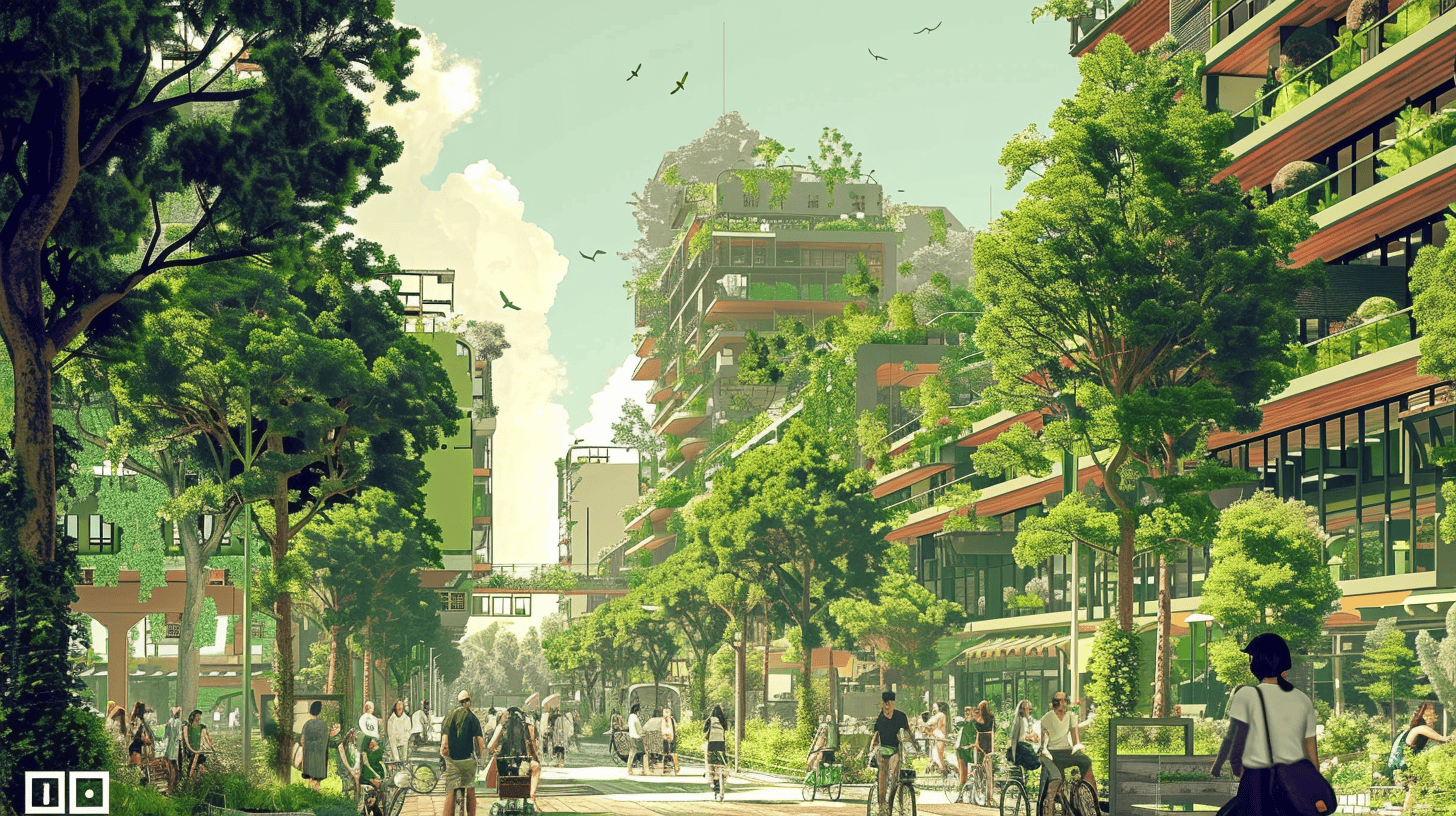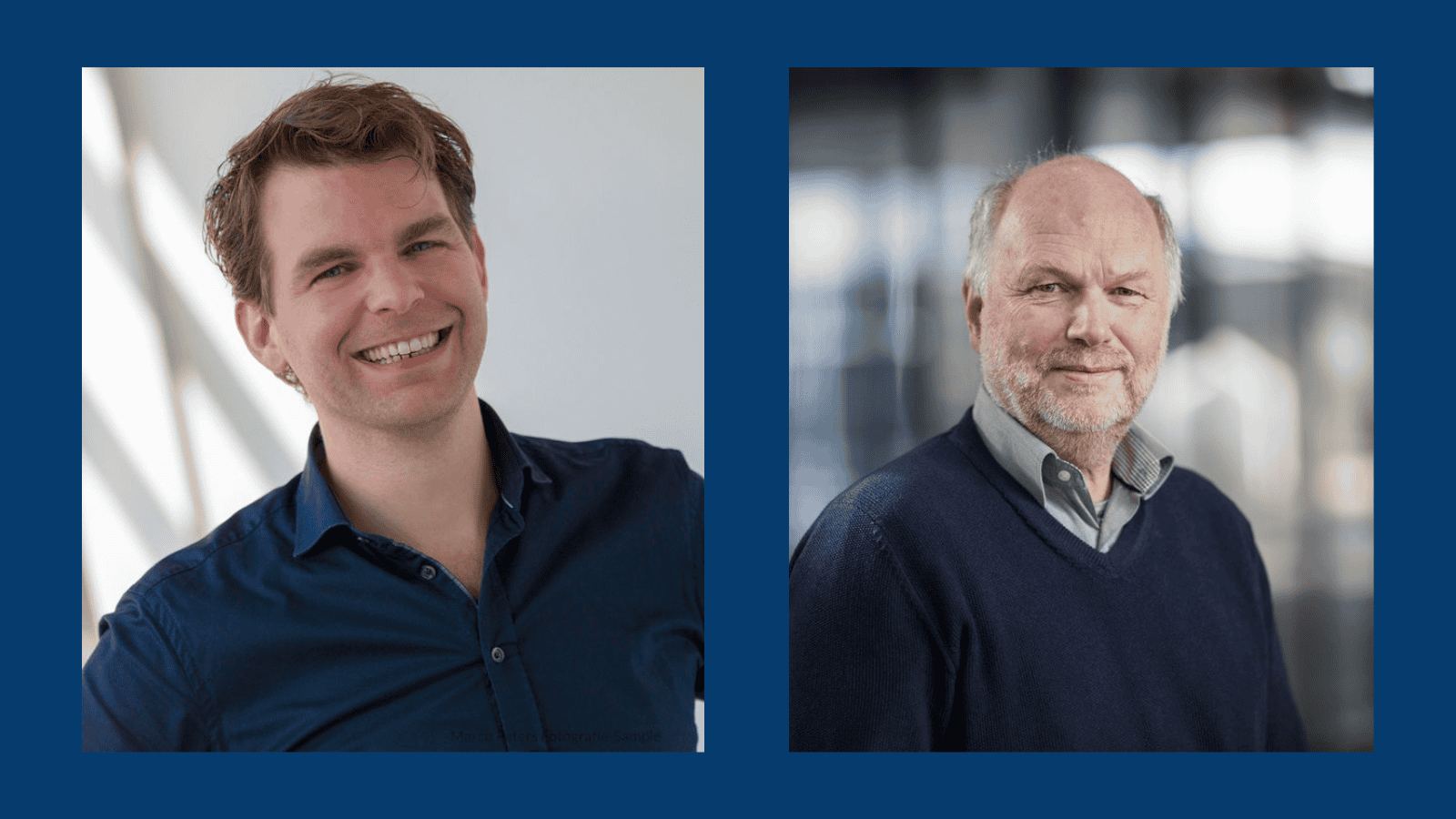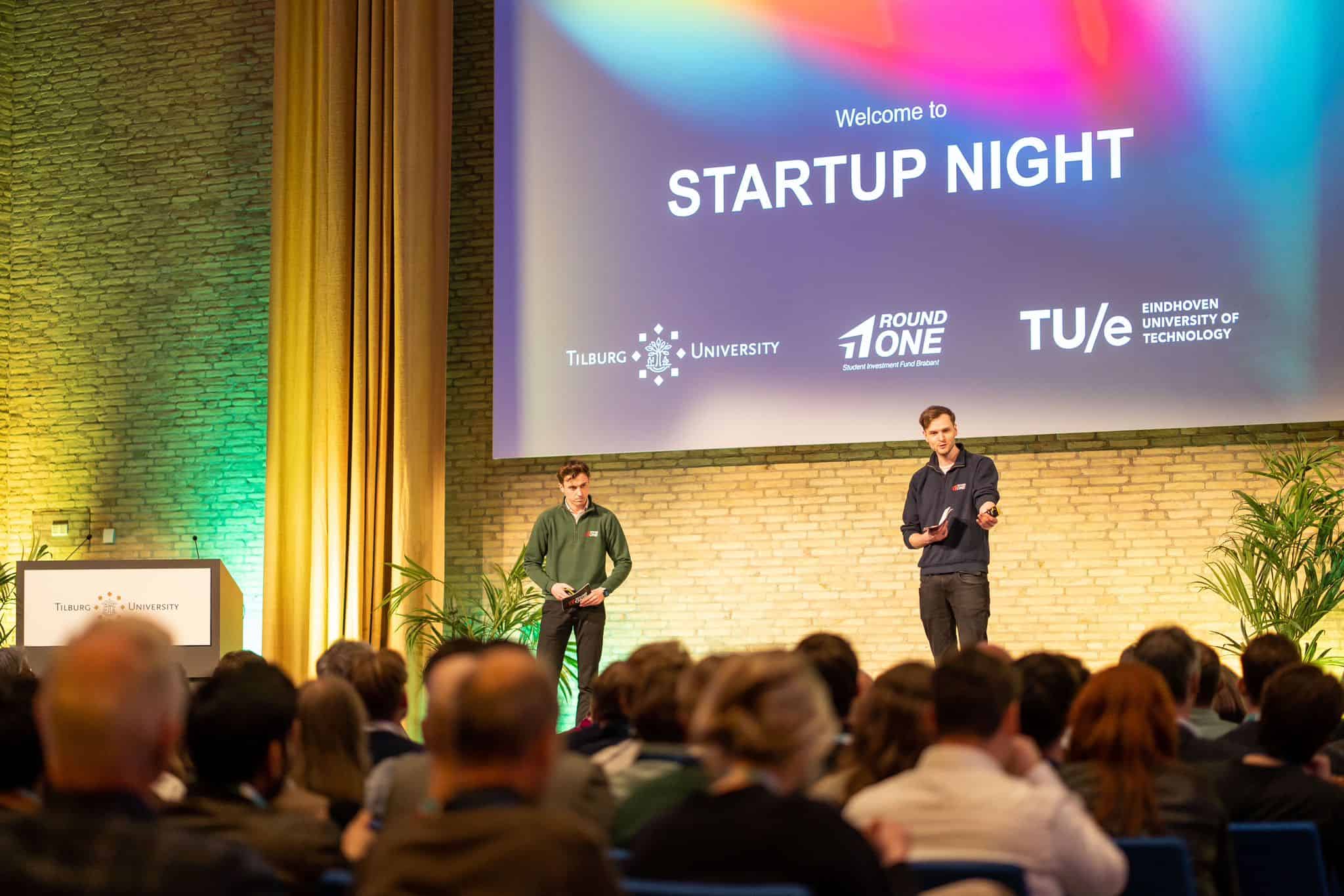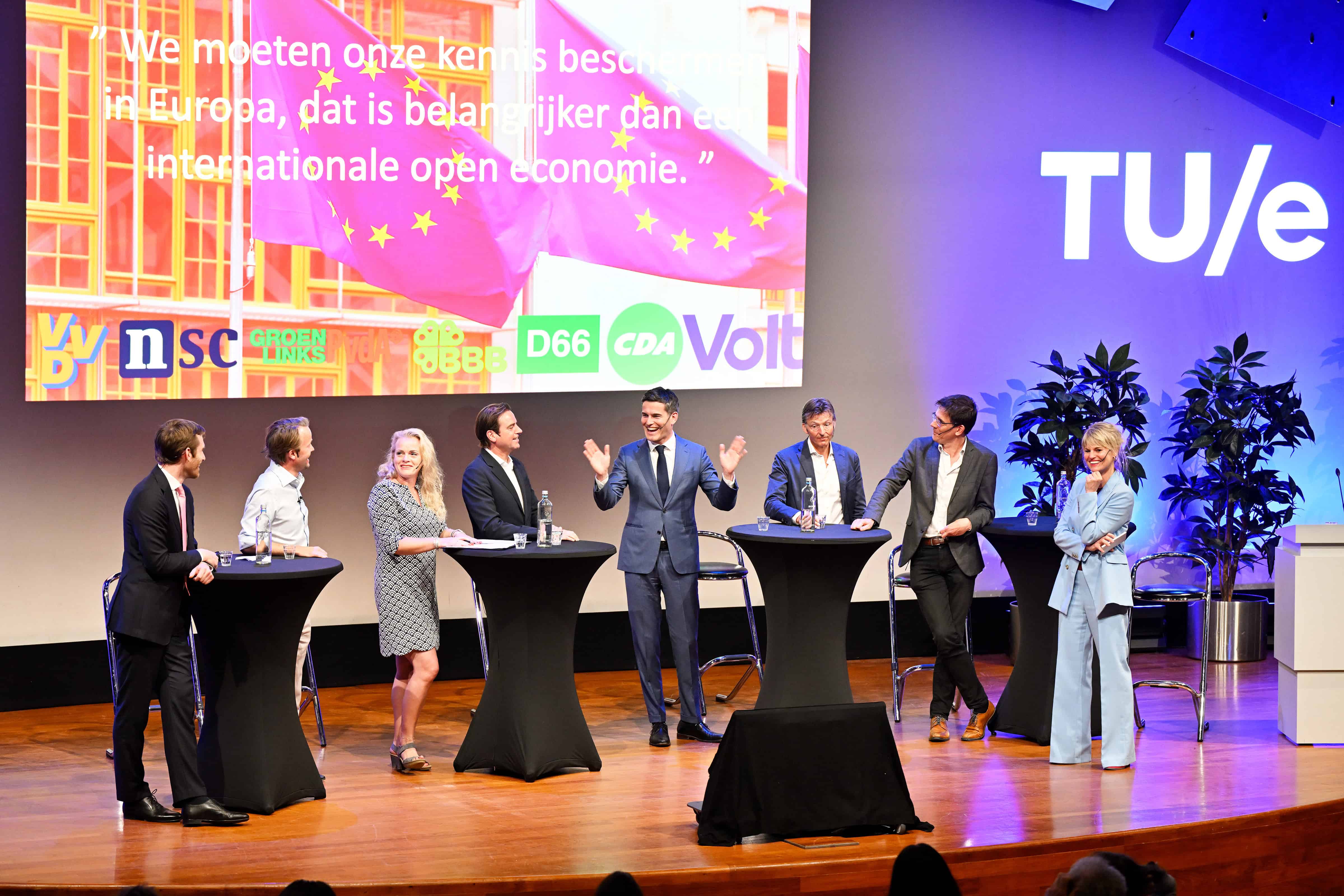
If we want to get our planet healthy, despite a population in excess of 7 billion, we have to recycle more. Membranes are indispensable to this, in part because they can separate and purify gases and liquids – like clean drinking water. Membrane professor Kitty Nijmeijer (1972) moved her research from TU Twente to Eindhoven University of Technology to help make the world a more sustainable place.
Trump
Al Gore, with his book An Inconvenient Truth, was a major inspiration for the chemical engineer Nijmeijer, and Trump’s comments about climate change she regards as “shocking” in the same way that companies like Exxon Mobil undermine climate science. This typifies the professor Membrane Materials and Processes, Kitty Nijmeijer, whose research is focused on one thing: to give the Earth a sustainable future. She is keen for her work to contribute to a circular economy in which “closing cycles” is a leading theme. For instance, by making waste a resource, because “I believe that we are responsible for a clean and sustainable world. We have only one planet but our current western lifestyle requires three to five planets. Recycling materials is a pure necessity to prevent the exhaustion of our Earth.”
“We have only one planet but our current western lifestyle requires three to five planets. Recycling materials is a pure necessity to prevent the exhaustion of our Earth.”Kitty Nijmeijer, Professor Membrane Materials and Processes, TU/e
Separation processes
Her work on membrane technology for the required separation processes is a seamless fit. “Nearly everything we eat and drink, all the products we use, have undergone one or more separation stages,” Nijmeijer explains. “And it is the separation processes that are responsible for the lion’s share of the energy consumption in the chemical industry. Membrane technology is a mild form of separation technology that uses little energy.”
Concentration
Her group is working on developing new membranes, improving the separation characteristics, extending the durability, and on generating higher yields of these membranes for sustainable solutions. The goal in all this is always to ‘upcycle’ – to make a high-grade resource from residual waste – since ‘downcycling’ – making a lower-grade product (like cardboard from old paper) – ultimately results in waste again. Nijmeijer sees opportunities in the food, manure or wastewater industry, for example, where a lot of diluted waste occurs that the use of membrane technology could make an interesting business proposition through the concentration and selective recovery of valuable components.
A relatively new and growing problem on which Nijmeijer is working concerns micro-pollutants, like medicines, hormones, drugs and pesticides, in drinking water. Currently these substances are only present in our water in very low concentrations but if we don’t do anything, these will ultimately become a health risk. These substances can’t yet be removed, but Nijmeijer hopes that the new membranes being developed by her group will be able to achieve this within five years.
Blue energy
Membranes can play a key role on many other sustainability fronts. Like CO2capture and water vapor recovery in power plants, generating electricity from the difference in saline concentration between saltwater and freshwater (‘blue energy’), reprocessing and purifying biogas so that it can be used in the gas grid, and making basic chemicals or fuels from CO2 using solar energy. These are all areas in which Nijmeijer and her group are working.
Porous straws
Nijmeijer moved from the University of Twente to TU/e at the beginning of 2016. “Because Eindhoven is stronger in both polymers and process technology, both cornerstones in developing future membrane technology,” she points out. Together with her colleague Dr. Zandrie Borneman, she is building a new research group in Eindhoven, Membrane Materials and Processes (MM/P) – now 15 strong – and creating a brand new, 1.7 million euro laboratory that opened on 7 April. Here Nijmeijer and her team will be able to vary and influence with great precision the properties of polymer membranes and give them exactly the characteristics they need for new, sustainable applications, and test whether they can actually do what they are intended to do.
The membranes produced are shaped like long, thin straws containing microscopically small holes in their walls that allow only clean water through and keep out bacteria and dirt. In the lab the researchers can work on the membrane material at a molecular level and so very precisely determine the size of the holes, which then determine which substances are allowed through the membrane. Nijmeijer: “That is one of the great things about my field of work; developing membranes requires insight and understanding, and the application makes it very tangible at the same time.”
Source: Press Release TU/e, Picture: Rob Stork








